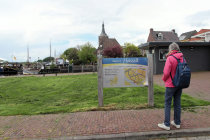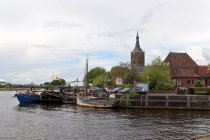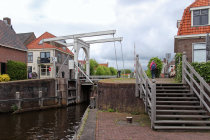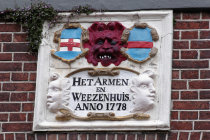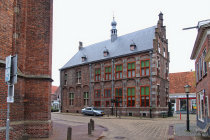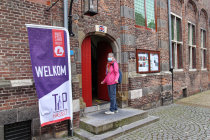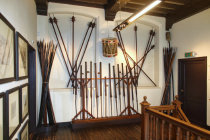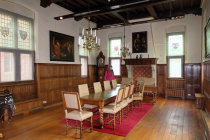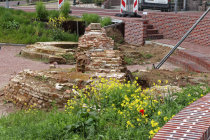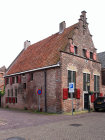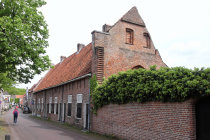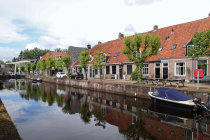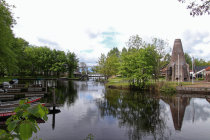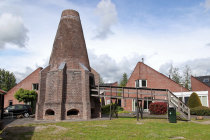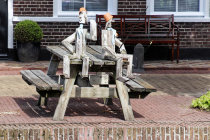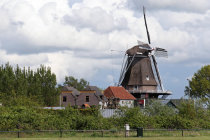Hasselt is a small quiet town on the banks of the Zwarte Water, a short river in the IJssel delta.
People lived here over
3000 years ago, but the city's heydays were from 1200 to 1600, when Hasselt, as member of the Hanseatic League, profited
from its strategic location between the Zuiderzee and the German hinterland via the IJssel and the Rhine.
Hasselt also became
a religious center and today is an important stopover where Jabikspaad and Jacobspad join on the Camino de Santiago.
But over
time cities like Kampen, Zwolle and later Amsterdam gradually overtook Hasselt. In 1672 troops of the Bishop of Munster all
but destroyed the town and Hasselt never recovered.
A revival occurred after the completion of the Dedemsvaart in 1809.
Hasselt actively preserves and restores its old city center. Of interest are the City Hall, the St Stefanus church, ruins of the city wall, characteristic facades of old houses, and the lime kilns just outside the center.
We strolled into Hasselt's past on a cloudy day in May 2021
